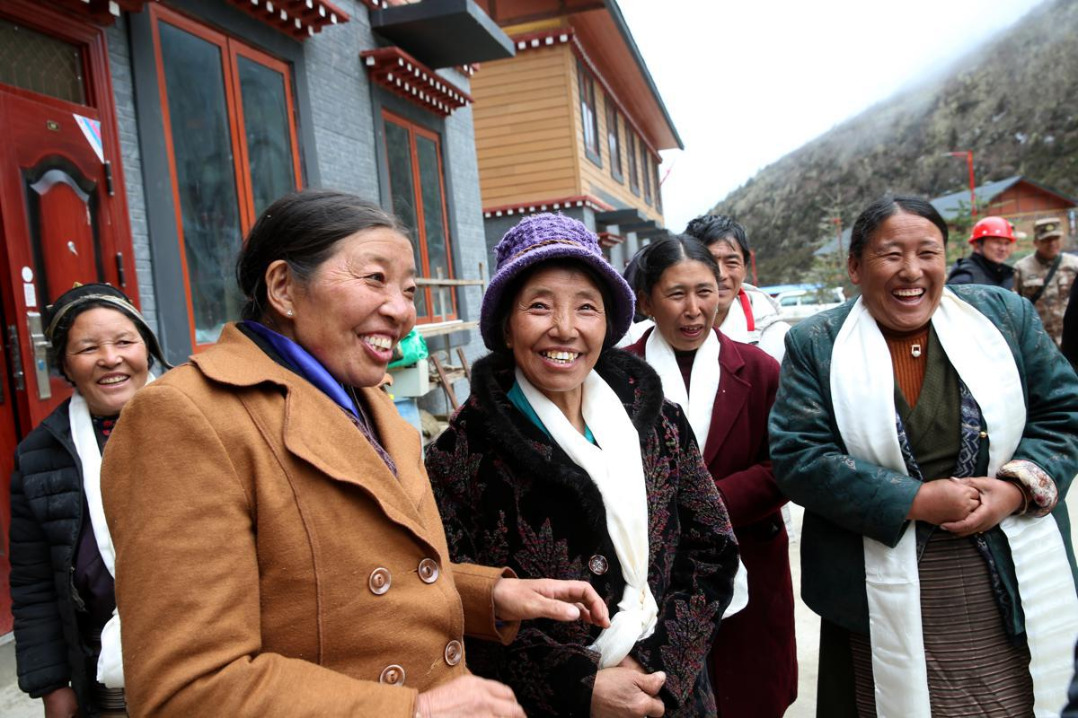Wooden figurines shed light on cultural nexus


Ancient wooden figurines were discovered for the first time on the Qinghai-Tibet plateau in an archaeological excavation, researchers announced on Monday.
The Tibet Institute of Cultural Relics Protection and Research said this is the first time that such figurines have been unearthed on the plateau, indicating early exchanges between Tibet and surrounding areas.
The figurines were found in the Sangmda Lungga tomb site in Zanda county, Ngari prefecture, in the western part of the Tibet autonomous region.
Excavation of the tomb began in 2017, with work pursued by the institute and the Zada County Culture Relics Bureau.
"The tomb gives us a crucial reference about the social structure and lifestyle of Tibet in ancient times, as well as about exchanges between Tibet and the Southern Himalayas, Xinjiang and China's central plains," He Wei, an assistant researcher of the relics protection institute, was quoted as saying by Xinhua News Agency.
"The wooden figurines on the Qinghai-Tibet plateau bear a very similar shape to wooden figurines found in Turpan in the Xinjiang Uygur autonomous region," she said.
"Starting from around 300 BC, humans began to gather in this area, and in the following years they probably experienced great social development, where cultures from Xinjiang, northern Nepal, northern India, Lhasa, Shannan and inland areas integrated. From around 600 AD, the tomb area was no longer used."
Pottery, bronze, metal and stone implements, fabric, human bones and wooden coffins were also unearthed.
- Beef production hits its prime on grasslands
- Dugong spotted in waters near Nansha Islands
- Organic agriculture forum unites global experts in Datong
- Guangdong and Macao launch cross-border medical transfer services
- African, Asian govt officials learn from Shenzhen's economic success
- Mainland slams Lai Ching-te for being US arms dealer's ATM by increasing defense budget





































